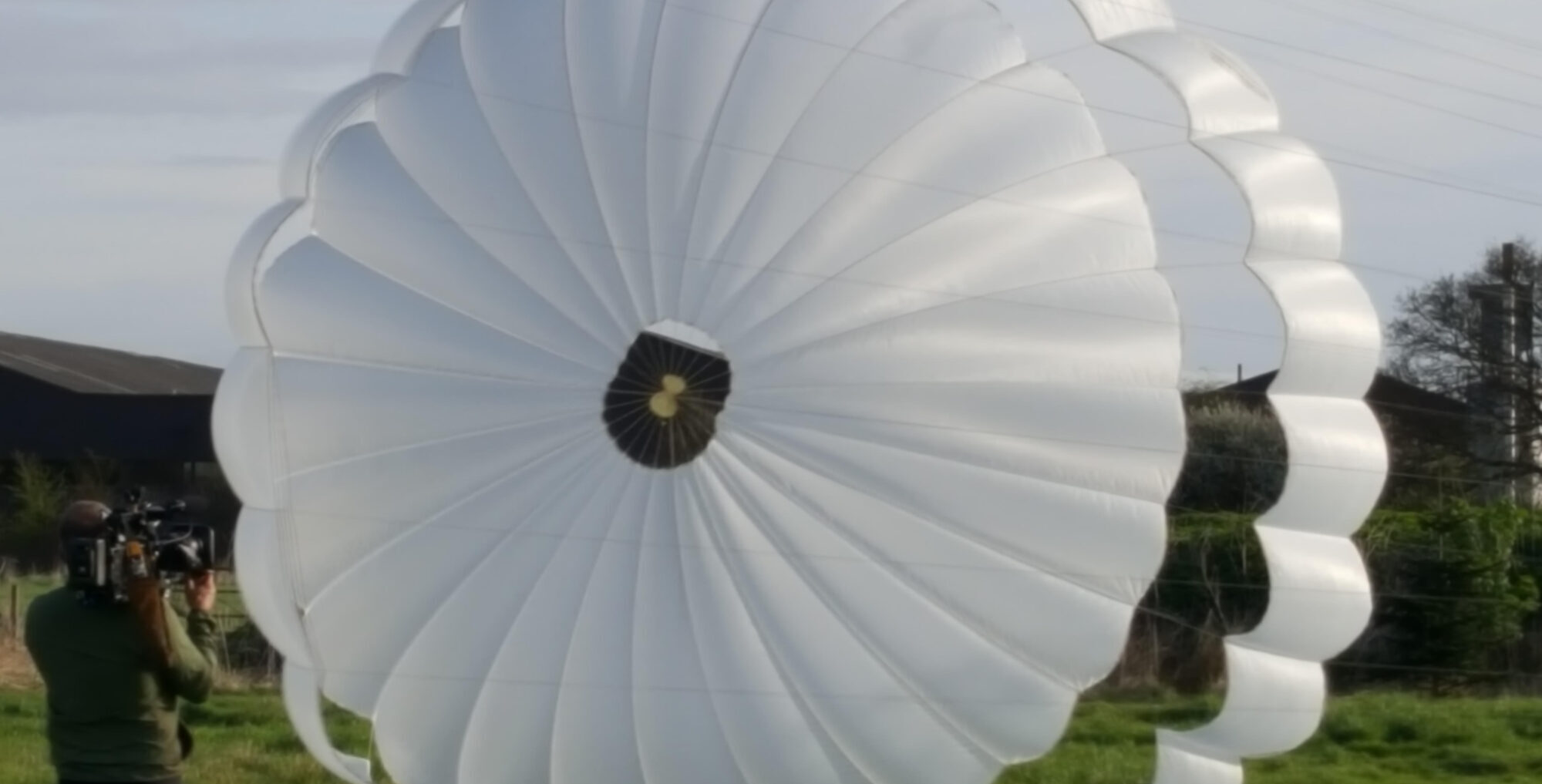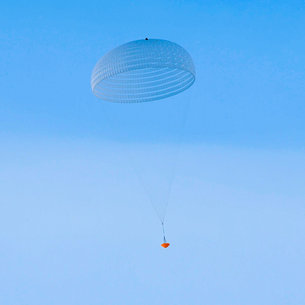Building on our heritage
Vorticity supported the European ExoMars programme and had responsibility for the Parachute Assembly Sub-System Engineering and System Drop Tests until the programme was suspended by ESA in March 2022.
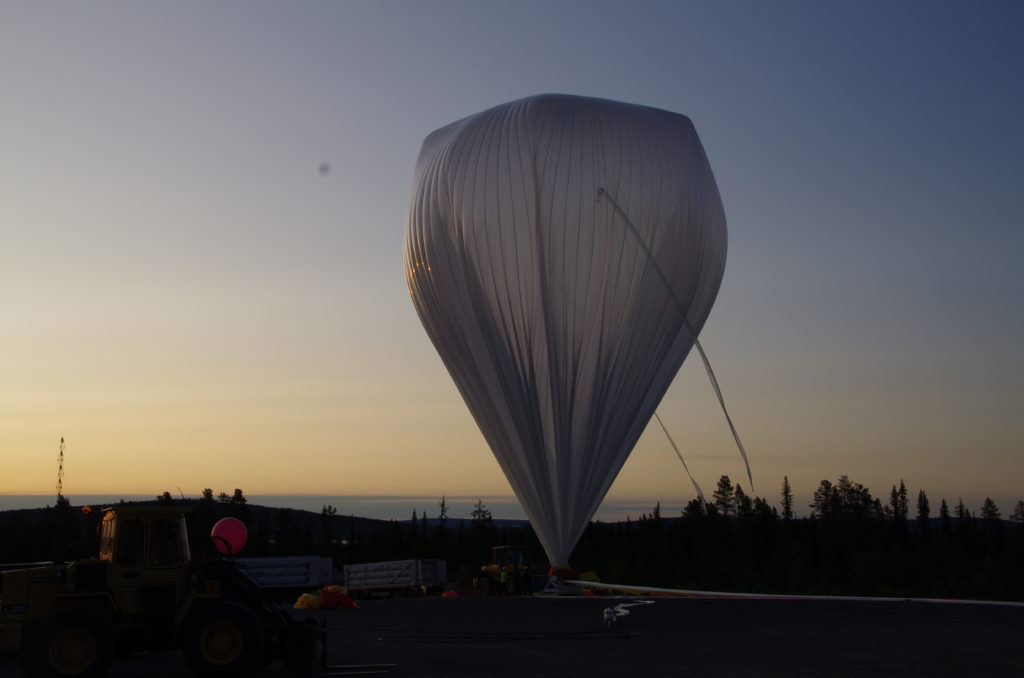
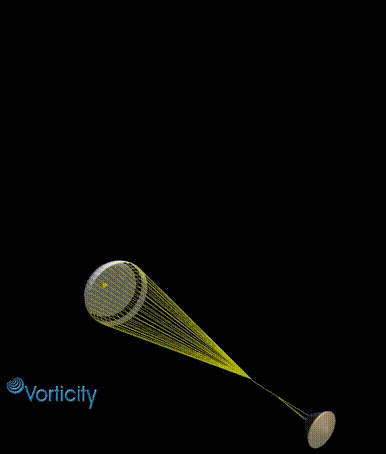
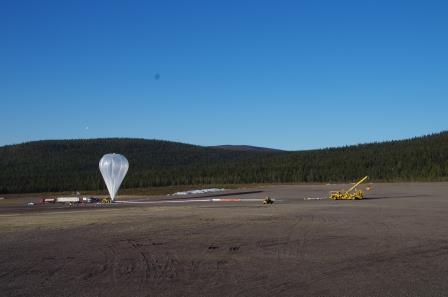
High Altitude Drop Tests
High Altitude Drop Tests (HADTs) see Drop Test Vehicles (DTVs) dropped from a stratospheric balloon from nearly 30 km above the surface of the Earth to more accurately represent the low atmospheric pressure on Mars – a vital aspect when considering parachute inflation.
Four High Altitude Drop Tests have been completed at Swedish Space Corporation’s Esrange facility in Kiruna, Sweden, with a further three tests completed at Near Space Corporation’s facility in Oregon. These tests investigated each parachute in the full ExoMars deployment sequence. This full sequence encompasses two main parachutes, each with a pilot chute, as well as the deployment mortars and other pyrotechnic components needed for the system to function as intended. The dual parachute approach accommodates the much heavier descent module of the ExoMars RSP mission, some 2000 kg compared with nearly 600 kg of the previous mission.

The test vehicles used in these drop tests are manufactured in house by Vorticity, including test vehicle mechanical structure, electrical components and data acquisition systems.
Analysis
Vorticity carried out a significant amount of analytical work in the lead up to the High Altitude Drop Tests and the flight mission to Mars. This work involves FEA stressing of the parachute models, Monte Carlo simulations of the HADT and Mars landing scenarios, parachute design activities and thermal analysis of test vehicles.
Dynamic Extraction Testing
In December 2019 and January 2020 Vorticity led the Dynamic Extraction Testing campaign at NASA’s Jet Propulsion Laboratory (JPL), using a compressed air system to extract the main parachutes from their deployment bags at representative speeds for flight. This testing was in response to damage observed in the 2019 high altitude drop tests. New designs of deployment bag were used, designed to allow the parachute to exit more smoothly at the 200km/h deployment speeds. This testing was a success, with the parachutes being successfully extracted from their bags.
Low Altitude Drop Tests
Vorticity delivered a successful Low Altitude Drop Test at Swedish Space Corporation’s Esrange site in March 2018. The team tested the largest parachute ever to be used on a Mars mission.
The focus of this test, conducted in sub-zero conditions in Kiruna, Sweden was the 35 m-diameter second main parachute. The test demonstrated the deployment and inflation of the parachute with its 112 lines connected to a drop test vehicle, via the deployment of a smaller 4.8 m-wide pilot chute.
The complete parachute system, totalling some 195 kg, is stowed in a dedicated canister. The second main parachute of 70 kg is folded with its 5 km of cords in a precise way – a process that takes around three working days – to ensure it is extracted properly.
The assembly was lofted 1.2 km above the ground with a helicopter, and the sequence initiated after the vehicle was released. About 12 seconds after the pilot chute was inflated, the second parachute release was triggered.
GoPro cameras on the 500 kg test vehicle looked up at the parachute inflation, and onboard equipment sent telemetry in real-time as it descended in about two and a half minutes to the ground.
The Industrial Team




